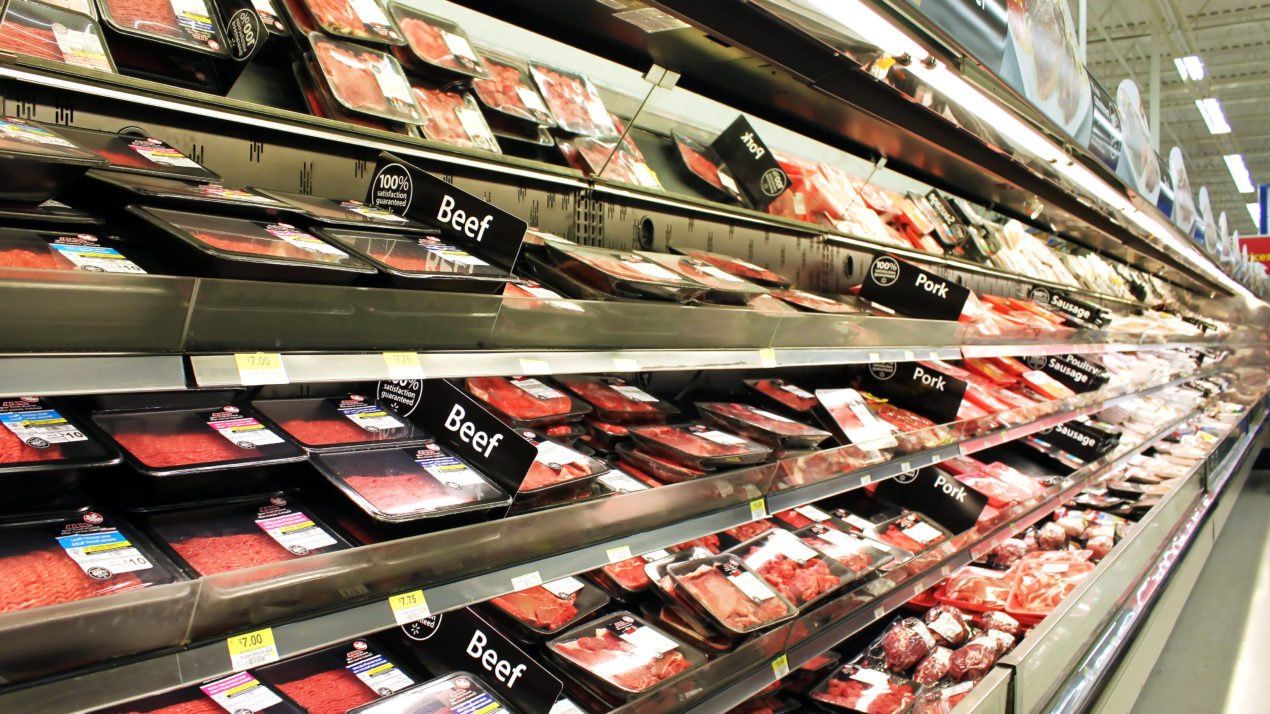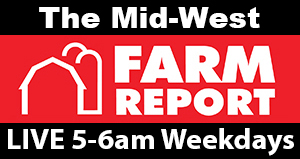
Feedlot operators made $122.00/head last week according to the Sterling Beef Profit Tracker. Packer margins are still in the black, and retail demand for beef is good, indicating the strength should continue through the rest of 2020. At some point in 2021 the number of fed cattle will swell again, but in the meantime packers will have an incentive to seek out and harvest cattle. The prospects of higher corn prices have been pressuring Feeder Cattle futures contracts. If Fed Cattle futures continue to show strength, they could bring feeder contracts along with them even with the possibility of higher input costs. The latest weekly export data reported sales of 20,700 metric tons for 2020 and 2,200 metric tons to be delivered in 2021. South Korea, China and Japan were the largest purchasers.
Cash hog, pork cutout values, and Lean Hog futures contract prices have been higher, which seems counterintuitive based on the recent Hogs and Pigs report. There may be a huge supply of hogs, but the market isn’t acting like it. One factor lending optimism is continued strong pork exports. The latest report showed the highest weekly export sales of the marketing year at 60,200 metric tons. China (29,000 MT,) Mexico (16,400 MT,) and Canada (4,500 MT) were the largest buyers.
The Chicago Mercantile Exchange (CME) will be adding a Pork Cutout futures contract beginning November 9, pending regulatory reviews. Because most producers sell their hogs on a carcass basis, the new contract choice is hoped to be more reflective of how farmers are paid. The Pork Cutout futures won’t replace the current Lean Hog Futures – both will be available to farmers and traders.
Wisconsin farmers are hitting the fields. Ninety percent of corn intended for silage has been chopped – that’s 17 percent ahead of the five-year average and more than four weeks ahead of last year. Corn left in the field is rated 80 percent good to excellent and is 98 percent dented. Eighty percent of Wisconsin corn is mature, 28 days ahead of last year. Combines are a common sight in states south of Wisconsin, but corn for grain harvest has started here and is 8 percent completed. Soybean harvest in Wisconsin is 18 percent completed compared to the national average of 38 percent. National reports say that much of the soybeans are headed directly to elevators from the field, while farmers are more willing to store corn this year.
The past six months have had an effect on consumer psyche – what that means for agriculture as a whole and the meat supply chain in particular will be a topic discussed for (at the very least) months to come. Some of the latest hard to find items are mason jars and lids. While fads come and go, canning, freezing and cooking at home may prove to be longer lasting trends. Wisconsin locker plants are booked through 2021 and some have started taking appointments for early 2022. Farmers that direct market meat have seen an increase in inquiries and most say they have orders they can’t fill. Demand for meat protein has been strong. Beef carcass cut-out values indicate consumers aren’t particularly shying away from any one part of the carcass, even the higher priced cuts. This should further incentivize packers to continue buying cattle since no particular primal is dragging carcass value down by heading in to storage. Pork cut-out prices are rising. Winter and the Holiday Season will likely see increased buying and storing of food items including meat.
High yielding Choice beef breed steers and heifers at Wisconsin and surrounding state auction markets were $1.00 to $2.00 higher at $102.00 to $108.00/cwt. High-yielding cattle with an overnight stand brought up to $112.50/cwt. Holstein steers were steady at $93.00 to $97.00/cwt, on the most desirable steers. A bulk of the cows brought $42.00 to $56.00/cwt. Blemish free cows in fleshier condition brought more, doubtful health and thin cows brought below $42.00/cwt. Dairy breed bull calves were mostly steady at $75.0.00 to $180.00/head. Market lambs brought $130.00 to $155.00/cwt. One market reported a fed lamb top of $170.00/cwt.

Leave a Reply